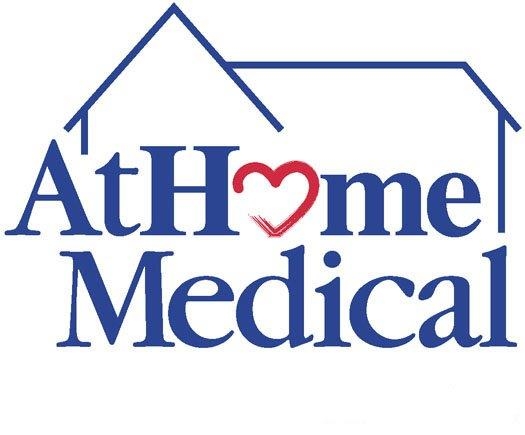What is infant apnea and why does my baby have it?
There are several different types of infant apnea that include central apneas and/or obstructive apneas that occur while the baby is sleeping. An apnea ("a" - without, "pnea" - breathing) is the termination of airflow at the nostrils and mouth. A central apnea is when the brain doesn't trigger a breath and respiratory efforts end for more than 10 seconds (20 seconds in infancy). If your baby has an obstructive apnea, the upper airway is blocked. When there is a pause in breathing, the baby's heartbeat typically slows down and their skin color will turn bluish.
What happens if it is determined that my baby needs an apnea monitor?
Typically, the doctor at the hospital will prescribe an apnea monitor for you baby. A Respiratory Therapist will come to the hospital and meet with you and your family to review proper usage of the apnea monitor. Infant CPR will also be demonstrated. Occasionally, a baby is already at home when they require a monitor. If this happens, we will arrange for the set-up of the equipment and training at your home.
Is it important to keep the apnea monitor on my baby all the time?
Your physician should let you know when and how often the baby needs to wear the apnea monitor. It is important to remember that the monitor not only monitors your baby's respiratory rate and heart activity but also records vital information about your baby. Most physicians will encourage you to keep the monitor on most of the day and night unless you are giving your baby a bath.
If I need more supplies, whom do I contact?
When you and your baby are set up with the apnea monitor, you are given extra leads, electrodes and accessories. If your supplies are running low, please call our customer service department at 1-800-287-0643. We will promptly ship you new supplies that arrive within 1 to 2 business days.
How long will my baby need to wear the apnea monitor?
This usually depends on the events that your baby has and what the apnea monitor records. Often times, monitors can be discontinued after 1 month of use but are more likely to be continued up to 6 months. You doctor will determine when the monitor is no longer needed and this is typically based on the report that is downloaded from you machine.
If my apnea monitor alarms, what should I do?
It is important to respond quickly when your apnea monitor alarms. The machine is designed so that if you hear a continuous alarm, it usually means that there is an equipment issue (loose or disconnected leads, bad connection, low battery, etc.) If you hear an intermittent beep, this typically suggests that the baby is having a respiratory or cardiac event. Either, way you should always respond quickly and appropriately. A quick assessment of your baby will determine if something is wrong. Some things to look at are:
- the baby's color - are the pale, dusky and/or blue?
- the baby's respiratory rate and pattern?
- the baby's activity - are they limp and not moving?
If you notice any of these changes, stimulate the baby by vigorously flicking the bottom their foot for a few seconds. If the baby responds and starts regaining color and movement, continue to monitor them for 10 minutes. If they do not respond, call 911 and begin CPR. Every parent and/or caregiver is demonstrated infant CPR when training is done at the hospital.
If my apnea monitor is not working, what can I do?
Always remember to keep your apnea monitor plugged in. A non-working unit is frequently the result of a low or dead battery. Once you have tried to troubleshoot the apnea monitor and have determined that it is not working, please give us a call. There is a Respiratory Therapist who is available 24-7 to assist you with issues or questions about your monitor and will provide the appropriate support.

